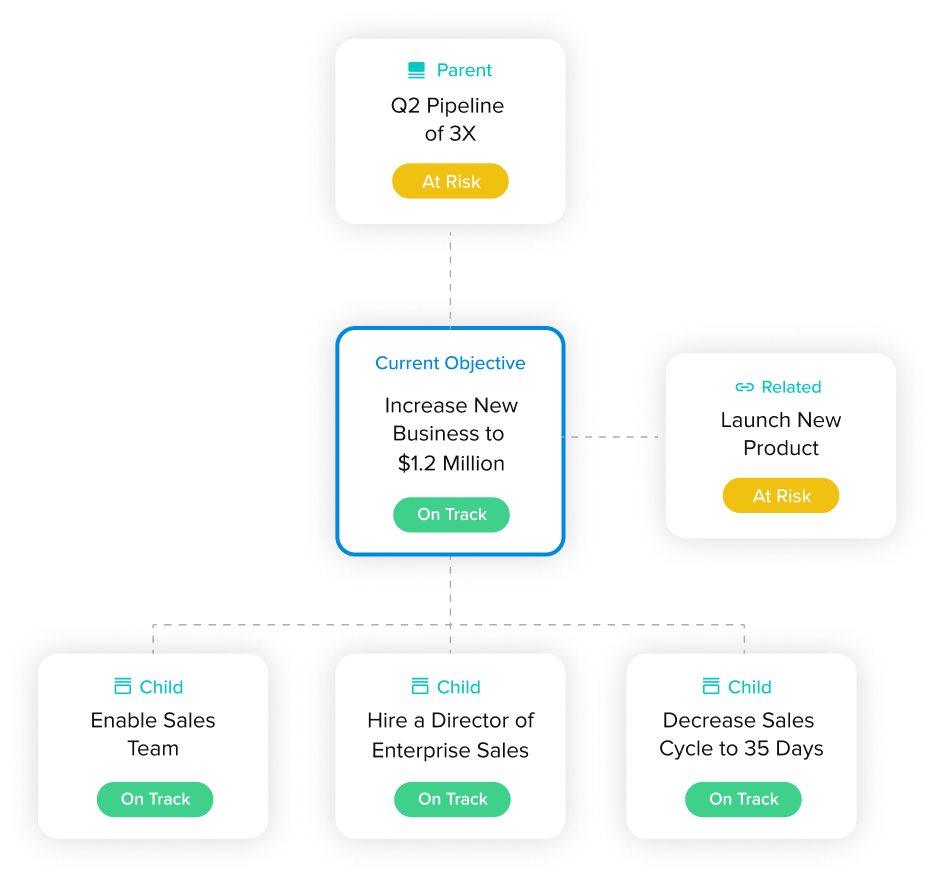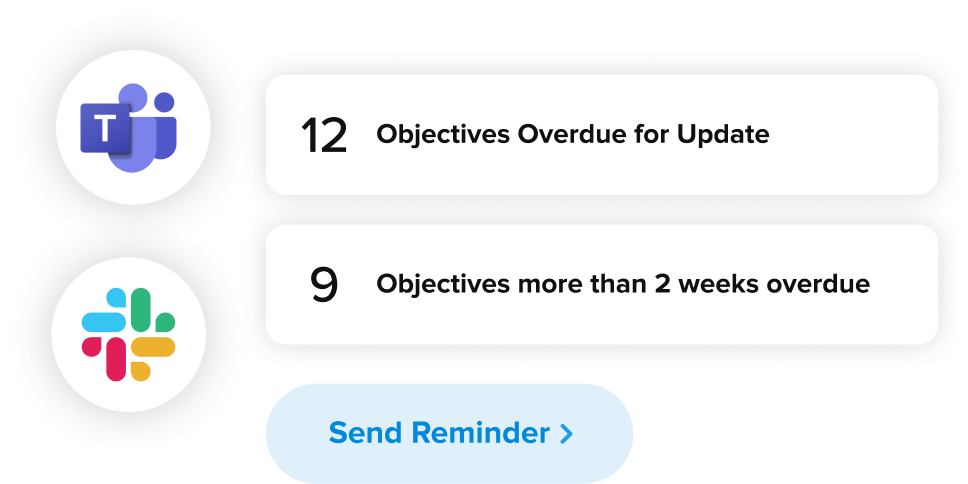Without a well-defined strategic plan, any endeavor’s success will be somewhat limited. In reality, strategic planning provides the basic framework and foundation for positive short- and long-term outcomes. And while there is more than one strategic planning process model you can choose from—SWOT is arguably the most commonly-adopted example—success is impacted by one element more than any other.
Among the key elements needed to support the implementation of a strategic plan, one stands above the rest—pursuing one or more well-defined strategic objectives.
What is the role of these objectives, and how do you set the right goals for your business? As its own core objective, this blog should answer those questions and more. Let’s jump in.
What Are the Most Common Types of Strategic Planning?
There are several well-known strategic planning frameworks—each of which involves setting and working toward beneficial outcomes. Common examples of the strategic planning process include models such as:
- SWOT analysis, which evaluates strengths, weaknesses, opportunities, and threats.
- Issue-based strategic planning, which is designed to address one or more specific pain points or inefficiencies.
- Balanced scorecard, which outlines core objectives and the necessary steps to achieve them
- Strategy mapping, which considers how multiple objectives fit together and/or how they should be prioritized.
- Gap planning, which focuses on existing gaps and how the organization can effectively address them.
What do each of these have in common? Primarily, the success (or failure) of each strategic process model example depends heavily on defining a clear objective and outlining concrete, actionable steps to achieve it.
What Does a Typical Strategic Planning Process Look Like?
There are 3 steps of strategic planning that are key to success, each of which is closely tied to the all-important goals you identify—and set:
Step 1: Define the Opportunity
This important first step in any strategic planning process involves identifying potential pain points to remedy and/or growth-based objectives. The best objectives to focus on are SMART. In other words, these goals are…
- Specific enough that all stakeholders clearly understand the objective and why it matters.
- Measurable in a way that makes success—or failure—relatively unambiguous.
- Achievable enough that success doesn’t feel impossible or overwhelming.
- Relevant to current business performance and/or the organization’s core mission.
- Timely, so success doesn’t risk winding up as “too little too late.”
For example, increasing sales isn’t exactly a SMART objective. While it could be argued that this objective is specific, measurable, achievable, relevant, and timely, it could certainly be improved.
What, exactly, does “increasing sales” look like? Would increasing sales-based revenue by 1% cut it, or would 1% only be a drop in the proverbial bucket?
And when does this increase need to occur? For example, do you need to see a measurable increase by the end of the quarter, or by this time next year?
A better SMART objective would clarify these matters. Here’s what that could look like:
By the end of Q4, we need to increase monthly recurring revenue by 15%.
Step 2: Determine the Process
Once you’ve zeroed in on the right SMART goal, it’s time to outline the actual plan for achieving it! This step involves a few key activities, including:
- Deciding what metric(s) will be the most important to track. Generally, the fewer individual metrics the better, but that doesn’t mean tunnel vision is required. While it’s essential to identify and prioritize the most impactful outcome, it’s also important to monitor what kind of impact—if any—your pursuit of the goal might have on other important metrics or business objectives.
- Assigning roles and responsibilities. What team or department is going to lead the charge? What supporting roles and responsibilities will the strategic plan require? In addition to assigning the right personnel, you’ll also want to establish a feedback loop to keep everyone on track, accountable, and collaborative.
- Outline the concrete steps toward success. Make sure it’s absolutely clear what is expected of the different individuals and teams that will be involved in the strategic plan’s day-to-day execution.
Elate empowers organizations with dynamic tools for strategic planning. By leveraging Elate’s platform, companies can get everyone out of their operational silos, enabling the type of true collaboration success requires. You can set key objectives, align responsibilities, and much more.
Step 3: Track Your Progress
As the strategic plan is underway, it’s important to keep an eye on key performance indicators, so the plan can be adjusted if necessary. When it comes to tracking performance, there are two main concerns:
- Ensuring that the strategic plan is, producing progress toward the objective
- Keeping everyone in the organization informed and accountable
By using Elate’s intuitive platform, companies can turn execution into a competitive advantage. Offering a full arsenal of engagement, collaboration, and reporting tools, Elate can be a powerful resource for forward-thinking organizations that are ready to learn, grow, and improve.
Elate: Strategic Planning Made Simple
There’s no way around it. Achieving your goals—whether they target modest improvements or transformative growth—requires a modern toolset. Elate offers a single, intuitive platform with sophisticated, built-in tools for building, executing, and reviewing strategic plans. It was built to provide a comprehensive strategic planning framework to tear down silos, unite your team, and drive success.
Learn more about our platform, or request a demo to learn more.




























